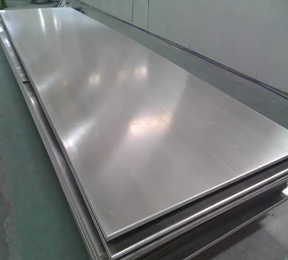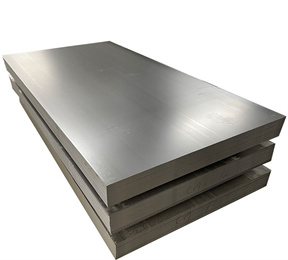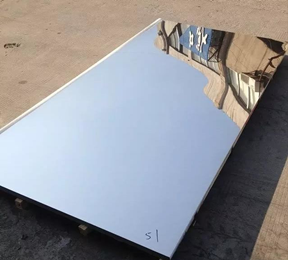In the stainless steel plate process, if the temperature of the steel is not uniform, the material flows more in the area with higher temperature, and less in the part with lower temperature, and the high temperature difference causes cracking.
The wedge is a measure of the thickness at an edge compared to the average thickness of the edge of the strip or plate. It is desirable to have some bulge in the steel piece so that rolling can be performed with high stability. Roll springs are a defect in which the thickness of the rolled sheet is greater than required, the rolls have been deflected by the high rolling force, and elastic deformation of the mill occurs. Roll deformation can be reduced if a stiffer roll is used, ie a roll material of high stiffness or spring constant.
Maintaining a uniform gap is difficult, the rollers deflect under the load required to deform the steel, the deflection results in the steel being thinner at the edges and thicker in the middle, which can be overcome by using crowned rollers, but crowned rollers compensate for a set of conditions, temperature and Deformation, other methods of compensating for roll deformation include continuous crown change, another method is to reduce the load, which can be done by applying tensile longitudinal force.
The flatness of the rolled stainless steel plate depends on the deflection of the roll. When the roll is deflected, the roll is deflected elastically, and the rolled plate becomes thinner along the edge, while the thickness in the middle is relatively high. Due to the continuity of the sheet, there is tension and the edges are compressed. Causes ripples along the edges, cracks along the zipper.
If there are too many protrusions, edge cracks will appear, which occurs when the elongation is greater than the edge, resulting in defects, edge defects are due to reduction, resulting in larger defects, which are prone to corrugation or bending. During rolling, the steel plate has a tendency to deform in the transverse direction, and the frictional force is high. The edges of the sheet undergo tensile deformation, resulting in edge cracks, which can occur if the sheet is tightly constrained and subjected to excessive tensile stress, with non-uniform material deformation through the thickness resulting in tensile stress along the edge.
Due to the uneven flow of the material over the thickness of the stainless steel plate, another alleged defect occurred, that the surface was subjected to tensile deformation and compression deformation, and material diffusion occurred in the middle. Symmetrical edge waves, where the steel material at the edges is longer than the material in the middle, Asymmetric edge waves, wavy on one side and longer steel on one side than the other, surface defects appear as seams on the metal surface, when welded into the metal , as a feathery lap that scabs when the rolling scale is rolled into steel.


